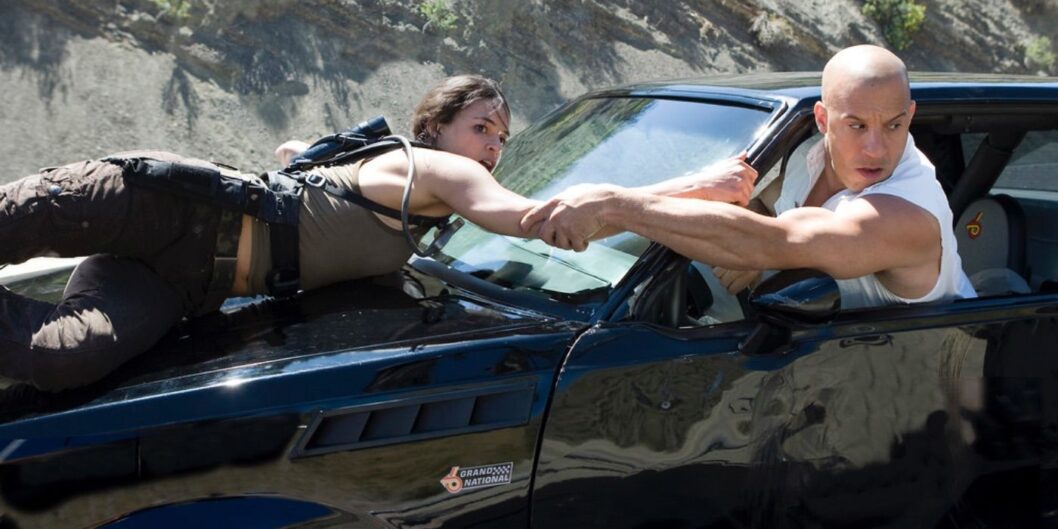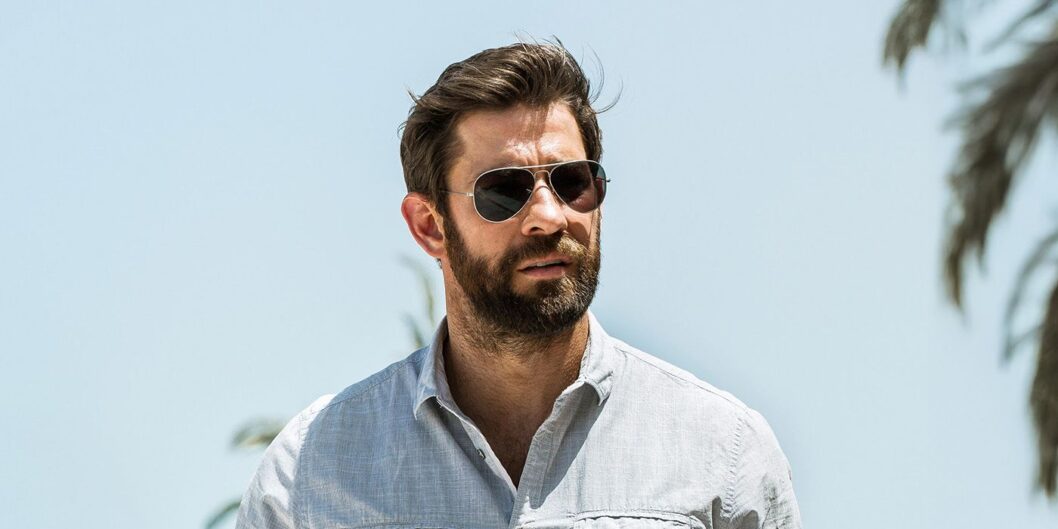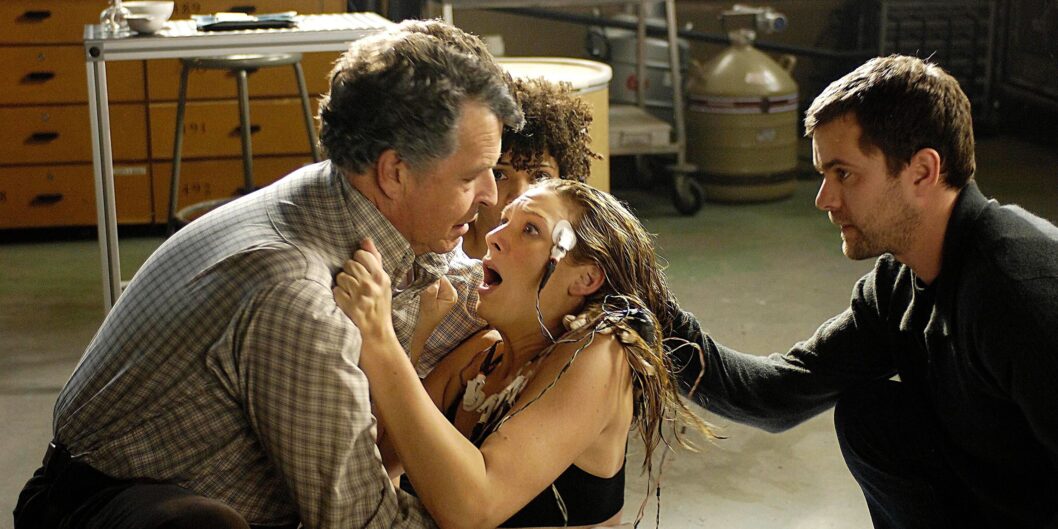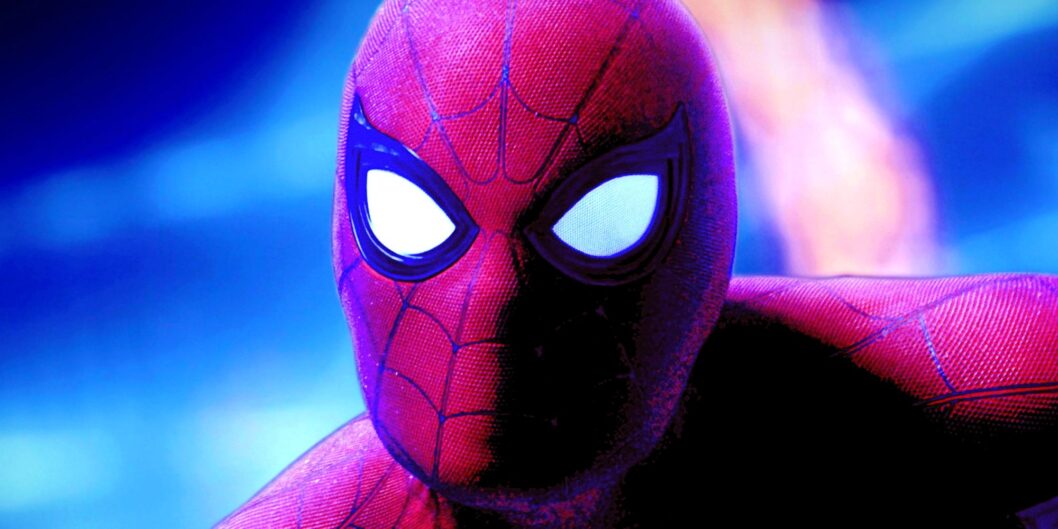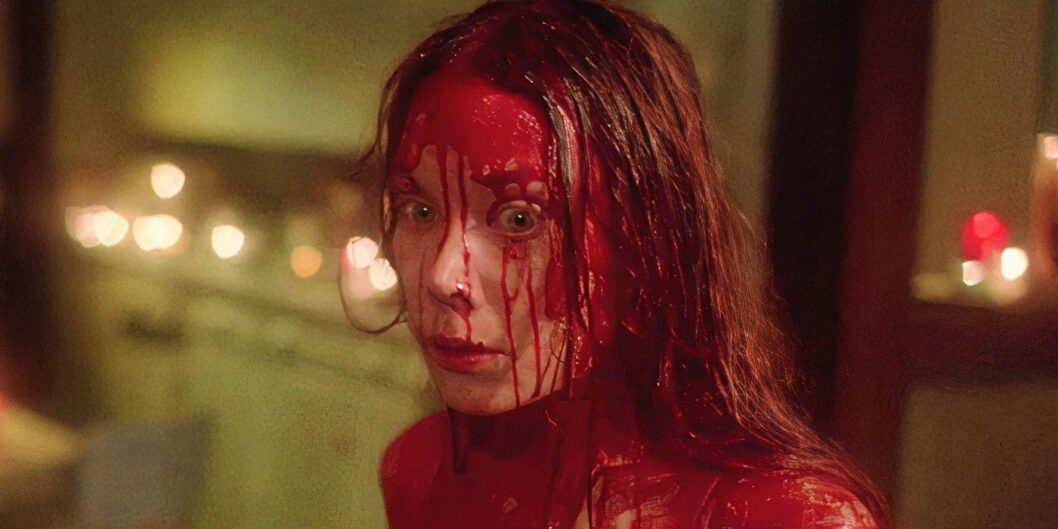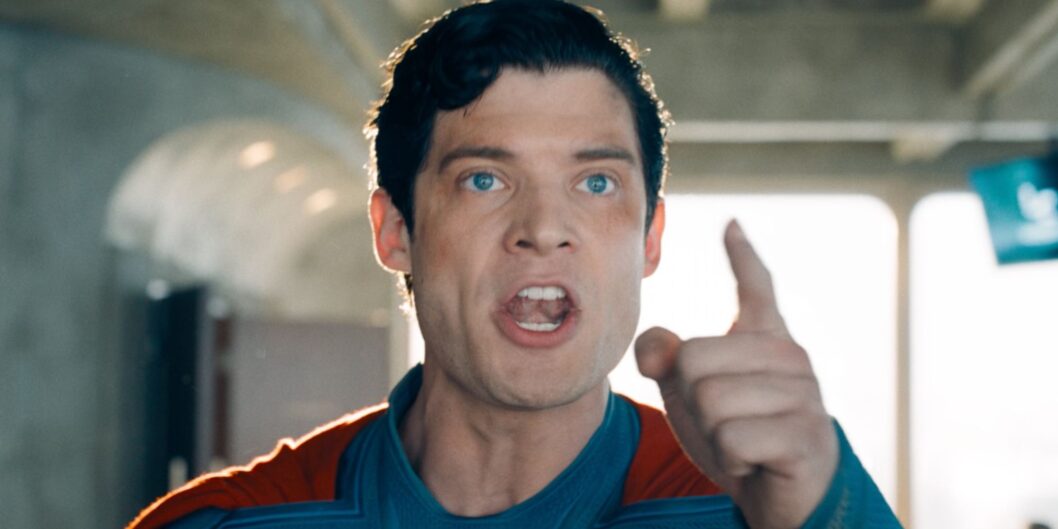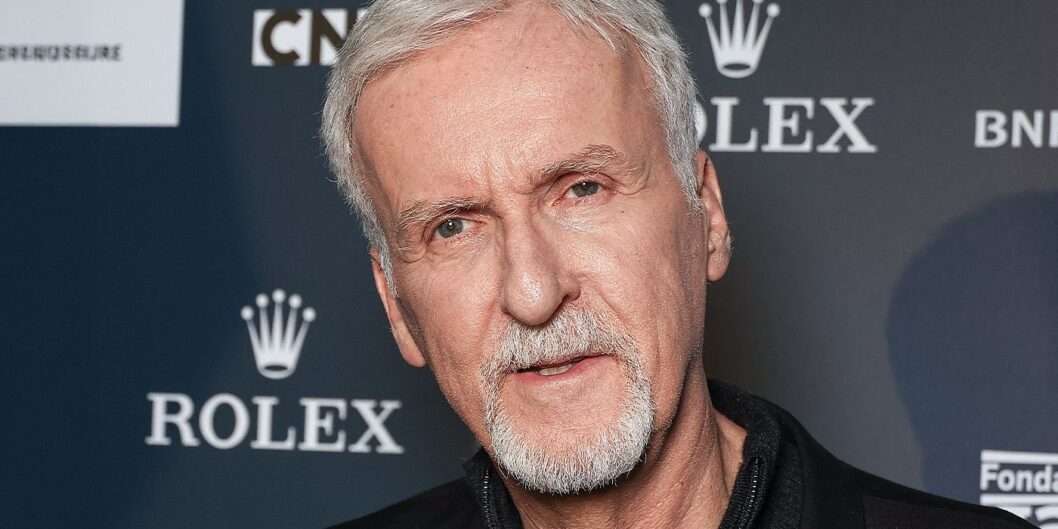Fast and Furious Franchise: A Look at Realism and Action in the Iconic Series
The Fast and Furious franchise is renowned for its exhilarating action sequences, stunning car chases, and bond of family among its characters. From its humble beginnings with street racing to a global phenomenon loaded with improbable stunts, the series has pushed the boundaries of action cinema. This phenomenon has led to discussions about the realism of certain scenes, showcasing a blend of science and entertainment.
The Journey from Realism to Ridiculousness
Originally rooted in the underground car culture, the Fast and Furious movies transitioned into extravagant set pieces, with scenes that often defy the laws of physics. Critics have contemplated the logic behind some of these sequences, especially as the stunts have escalated over the years. Take, for example, the space stunt in F9—a prime example of the franchise’s audacious leap into the absurd. However, not all sequences are as outlandish as they appear.
Furious 7: A Realistic Stunt Gets High Marks
Physicist Diandra Leslie-Pelecky provided a refreshing perspective on the franchise’s stunts. Among the various action sequences, she rated a particular scene in Furious 7 as remarkably realistic. In this sequence, Paul Walker’s character, Brian O’Conner, finds himself atop a tactical bus that falls off a cliff. As the bus plummets, Brian runs towards the front and leaps off, managing to grab Letty’s (played by Michelle Rodriguez) car as it races by.
Leslie-Pelecky noted the scene’s grounding in physics, stating, “I would give this one a 10 for running up the bus. I thought that was really creative and totally possible.” Her assessment highlights how some stunts, while appearing outrageous, can be executed with a hint of scientific plausibility.
Critique of Fast & Furious 6: A 1/10 for Realism
On the flip side, Leslie-Pelecky did not extend the same courtesy to Fast and Furious 6, which she rated low on the scale of realism. Her criticism focused on the film’s climax featuring a high-speed pursuit of a cargo plane attempting to take off. The sequence has drawn scrutiny for portraying an impossibly long runway, far surpassing the limits of any real-world airport.
“The longest runway in the world is less than three and a half miles,” Leslie-Pelecky pointed out, emphasizing the implausibility of the scene. Despite its far-fetched nature, she acknowledged it as one of the more thrilling climaxes in the series. “I think I have to give a one. Just because here, they stretched my ability to ignore reality just a little further than I’m capable of doing,” she remarked.
Finding Balance in the Franchise
The duality of the Fast and Furious series—thrilling and occasionally absurd—captures the essence of Hollywood’s willingness to bend reality for entertainment’s sake. Leslie-Pelecky encapsulated this sentiment by admitting, “Hollywood has its own physics.” This phrase perfectly summarizes the franchise’s appeal: the emphasis on delivering pulse-pounding action trumps the necessity for realism.
In an era where scientific accuracy is often touted, the Fast and Furious franchise embraces a unique identity, thriving on the exaggerated nature of its narratives. This dynamic mix of surreal and relatable moments ensures its longstanding appeal to audiences worldwide.
Conclusion: The Legacy of Fast and Furious
The Fast and Furious films encapsulate the evolution of action cinema, highlighting an ongoing discussion about realism in storytelling. While some sequences invite skepticism, others receive accolades for their grounded execution of stunts. The franchise’s ability to blend reasonably plausible action with thrilling exaggeration has solidified its place in cinematic history, making it not just a spectacle, but a cultural phenomenon.
With the release of new installments such as Fast X, fans can continue to expect a blend of gravity-defying stunts paired with glimpses of scientific logic, making the franchise a constant source of excitement and conversation in the film industry.



